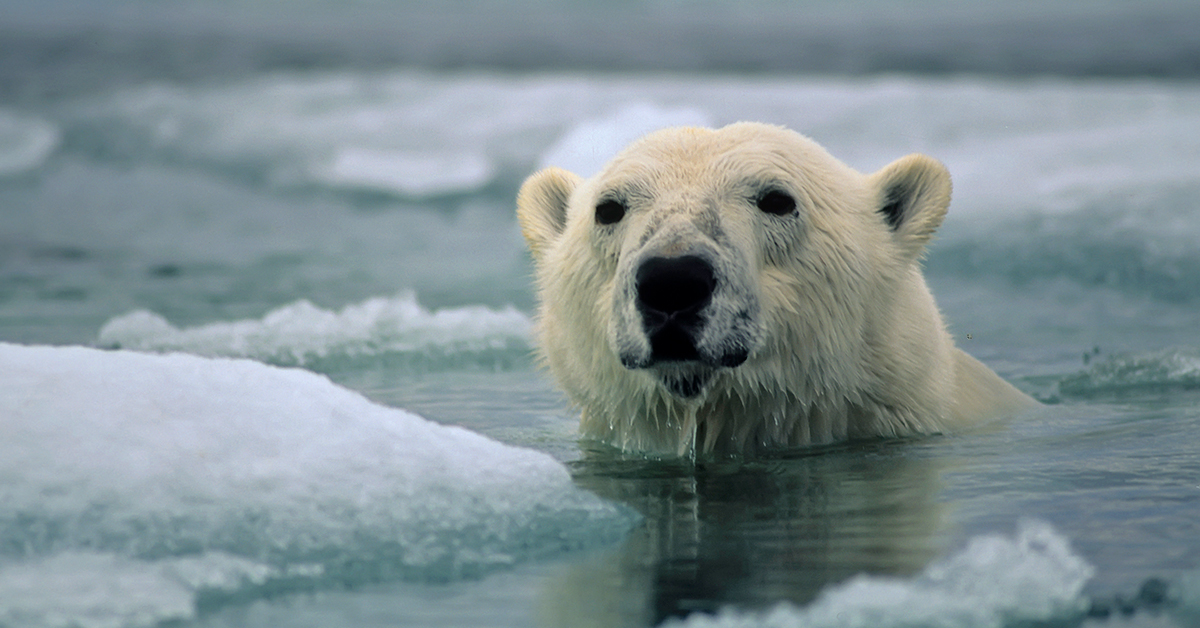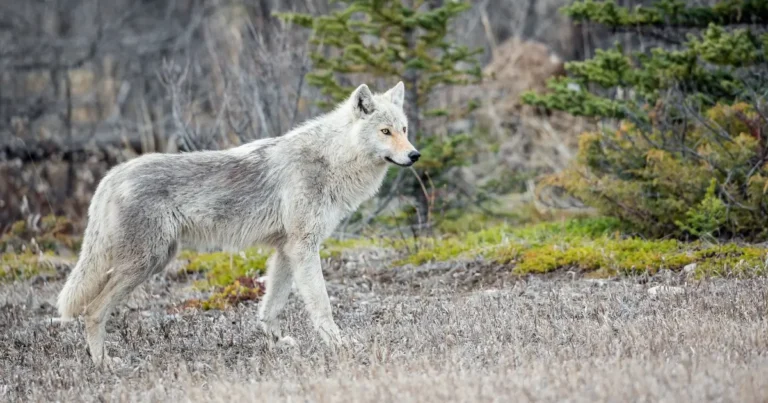
What is a public safety risk? How can you tell if a polar bear is afraid and trying to get away, or angry and looking for a fight? What kind of review and reporting happens after the shots are fired?
These are reasonable questions to ask, yet, even when the media or the public call for responses, we see very little surface. Wildlife officials across jurisdictions are clearly underfunded and understaffed, but the procedures from which they make their decisions are frequently subjective and involves no oversight or review.
A recent situation in Newfoundland and Labrador raises some of these questions – and the confusion, anger, and sadness that comes to taxpayers when there aren’t clear answers.
The CBC reported on the incident, in which the province’s Department of Fisheries and Land Resources officers killed a polar bear after non-lethal options were allegedly exhausted, though tranquilization from the ground or a vehicle wasn’t attempted (a shot from a helicopter was ruled out due to foggy and windy conditions).
It is difficult to second guess the choices made by anyone in the field, particularly if they personally feel threatened. But policies and procedures to review these decisions, understand whether or not they were warranted, and adjust as necessary, should be in place. The public should be able to look at a website or a document and understand how “public safety risk” is defined, in this case, what the polar bear did (other than generally move closer to shore) that led the officers to believe he was a threat to the public. There should be a clear process for reviews of the circumstances and decisions that the public can rely on for impartial policy, staffing, and procedure moving forward. There should be an investigation to determine why the polar bear was acting in such a way to be deemed a "public safety risk" and what preventative measures could have stopped this conflict from arising.And all of this should be available to the taxpayers, for whom wildlife is supposedly managed.
But, despite questions that seem to come up every time wildlife officials kill animals who may be in conflict, we still have no answers. All we have is another animal who lost their life, for reasons our governments deem we don’t need to understand.
monthly donor(for as little as $10/month – the cost of two lattes) pleaseclick hereand help us save lives today.

